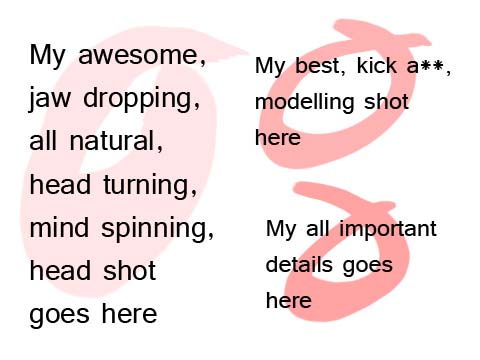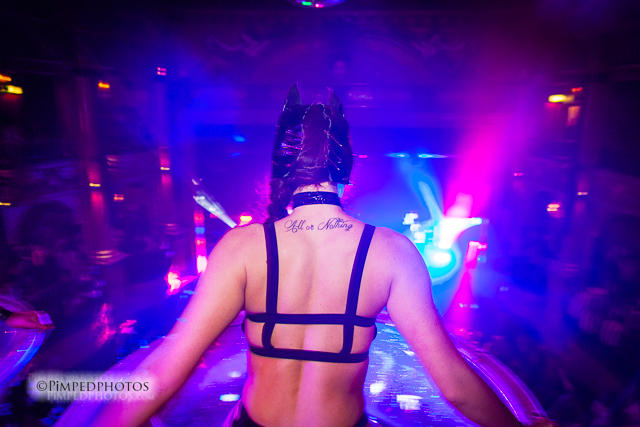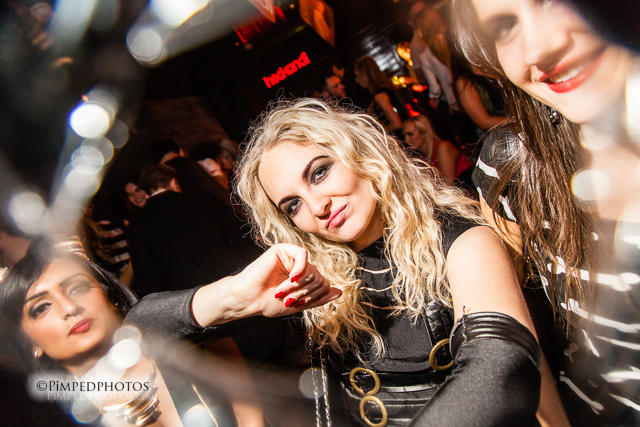
It’s been a while since the last blog so here is an educational piece on casting for models from a agency/photographer’s point of view.
In the past, I’ve put out castings and also have spoken to agencies about casting for models for a project. It seems that unless if you went direct with agent, more often then not, time is spent chasing important details. If you’re planning just starting out or planning to freelance, it is a very good idea to read through this.
We photographers look for certain things, different shoots/projects also look for different things, you have to be different and stand out!
Treat any casting call as
being likea job application, it’s a tough world, you have to be prepared!
Here are the things you have to consider:
1. Read the casting call
Even though it is stated on the casting call, I’d be a millionaire every time I get a pound/dollar for the number of times where people have asked:
- is this paid?
- how long is the shoot?
- etc
A good casting call will have this information, don’t look silly unprofessional, read the casting call carefully before asking questions (more on the topic of questions later)
2. Comp card
Don’t know what a comp card is? Google it (ok…we’ll save you the hassle) Also known as a z-card, a comp card (composite card) is a modelling CV. A good comp card will have the following characteristics:
- A5 in size
- 1 main head shot
- large (pic should be approx 1/2 page on the comp card with your head occupying at least 4/5ths of that space)
- natural (no/*minimal* makeup)
- plain background
- well lit
- front facing (enough to see details in your eyes and make out eyelashes)
- photo is in colour
- *good* (obviously, showing off your best smile, look, etc…)
- a few *good* samples of your work (approx 1/4-1/2 page)
- overlay/area to display your vital stats:
- Your name
- Height
- Weight
- Dress size (specify UK, US, etc)
- BWH (Bust/Waist/Hips) dimensions
- Cup size (important if you’re a swimsuit/lingerie model!)
- Eye colour (it may be hard to see in a black and white or a small comp card!!!)
- Hair colour
- Shoe size
- Nationality/working status (important if you seek paid employment, are you allow to work in the country?)
- Your/agent’s contact info (how do we get in touch with you?)
- Use both sides of the page to show off a few more pics
- Get an online version comp card (quicker and easier to e-mail people)
A few notes:
- Remember, the comp card has got to look good, first impressions last. Therefore, get a good photographer and someone that knows how to make good comp cards! Keep it accurate
- Don’t lie, you will be caught out and you may be black listed!!! Last thing a photographer wants is to cancel an expensive on location, client funded shoot because the model was not the one on the comp card
- Don’t forget to update your Comp card or remind the photographer/agency, etc if things change eg: your hair colour (see above)
- Privacy, if you’re concerned about who gets your comp card, check:
- with the agent to see, what are they going to do with it?
- with the agent to see, how long will they keep it on file for?
- with the agent, who they will give the comp card to?
Like an old CV, you don’t want your old Compcards floating around or given to anyone old person.
3. Why you want the job?
If you have the opportunity, tell the person why you are right for the position, what makes you different. It doesn’t have to be a extensive list but something that shows that you’re *genuinely* interested! List:
- why you are a good fit (if it’s for a high fashion shoot, tell them that you like high fashion, what you like about it, etc)
- experience (or if you haven’t had that much, what other experience you had (eg: ballet dancers are can be very good posers, put that down!)
- on time is also helpful but to be expected
When I ‘poach’ models, if I find that a model don’t seem interested, I will skip to the next model.
4. Negotiate!
Some castings might list a set of requirements, sometimes, not all of this is set in stone.
For example, depending on the shoot, if you’re 1 inch out, it may not be important. Same goes for casting calls that are labeled ‘negotiable’ or TF, ask them if it is a paid shoot or partly remunerated (ie: lunch/transport is paid for).
Conversely, don’t be greedy, if it says unpaid test, it might just mean that. Negotiate but don’t step the boundary, tell them why you can justify what you want.
5. If it’s not on the casting call, don’t be afraid to ask questions
The person casting may miss out on something either by accident (deadline pressure) or intentionally (*warning bells*)
Questions to ask include:
- is there a model release that you have to sign
- is there a usage release that you have to sign
- where is the shoot brief (any photographer worth their weight in gold will have one)
- what is the shoot for?
- where will the pics go?
Make sure that you’re comfortable about:
- the details for the shoot
- know what the shoot is about
- who the shoot is for
- what you will do during the shoot
- and what you will get out of it
Remember: If you’re not comfortable with what you’re getting into, it’s best that you walk away.
Don’t be an amateur, this is your first impression, make it last!
(Another shameless promotion, we also make comp cards, contact us for details)
Happy casting.


